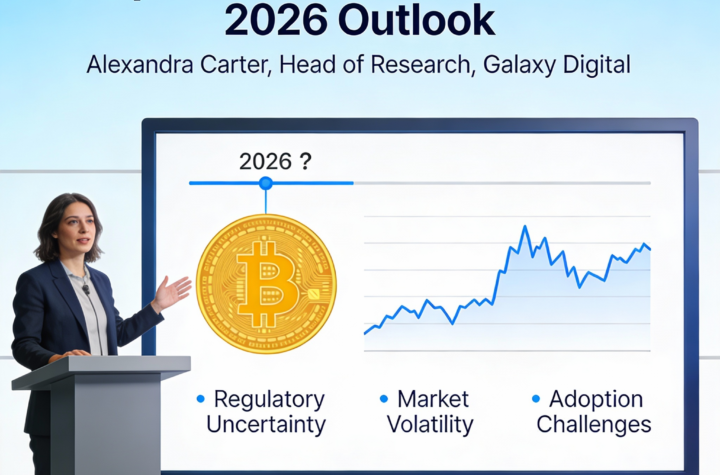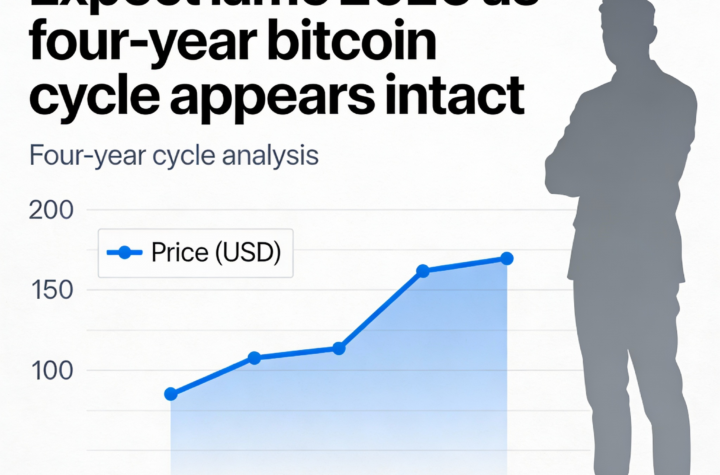
B2C2 Unveils PENNY for Instant, Zero-Fee Stablecoin Swaps
Institutional crypto liquidity provider B2C2 has launched PENNY, a platform enabling instant, fee-free swaps between major stablecoins, reflecting growing demand for seamless liquidity solutions, the company announced Thursday.
The platform currently supports six stablecoins — USDT, USDC, USDG, RLUSD, PYUSD, and AUSD — across Ethereum, Tron, Solana, and several Layer 2 networks, with plans to add more assets over time. PENNY is designed for institutional users, including banks, merchant acquirers, exchanges, and stablecoin infrastructure firms, allowing automatic token swaps without counterparty risk.
All transactions settle on-chain through B2C2’s trading infrastructure, which handles around $1 billion in daily stablecoin volume.
“Stablecoins have outgrown the crypto trading use case,” said Thomas Restout, B2C2 Group CEO. “As corporates and traditional financial institutions increasingly adopt stablecoin payment rails, PENNY provides real-time execution and settlement without the costs, friction, or fragmentation typical of exchange-based trading.”
The launch comes amid growing regulatory clarity in the U.S., EU, and Asia, encouraging wider adoption of regulated stablecoins and fostering new issuers, including banks and fintechs.
“PENNY is an instant and costless facility aimed at the real economy,” added Cactus Raazi, B2C2 U.S. CEO, describing the platform as a key development in market structure and the evolution of the stablecoin ecosystem.
Industry projections are bullish: Citi expects the global stablecoin market to expand from roughly $300 billion in 2025 to as much as $4 trillion by 2030.
Founded in 2015, B2C2 is one of the largest institutional liquidity providers in crypto, facilitating over $2 trillion in trading volume across 15 blockchains and operating regulated entities in the Americas, Europe, and Asia-Pacific.





More Stories
According to Galaxy Digital’s research chief, Bitcoin faces a highly unpredictable 2026.
According to Fidelity’s Jurrien Timmer, 2026 could be underwhelming while Bitcoin’s four-year cycle remains intact.
BlackRock’s Bitcoin ETF attracts $25 billion over the year, defying the recent Bitcoin downturn.